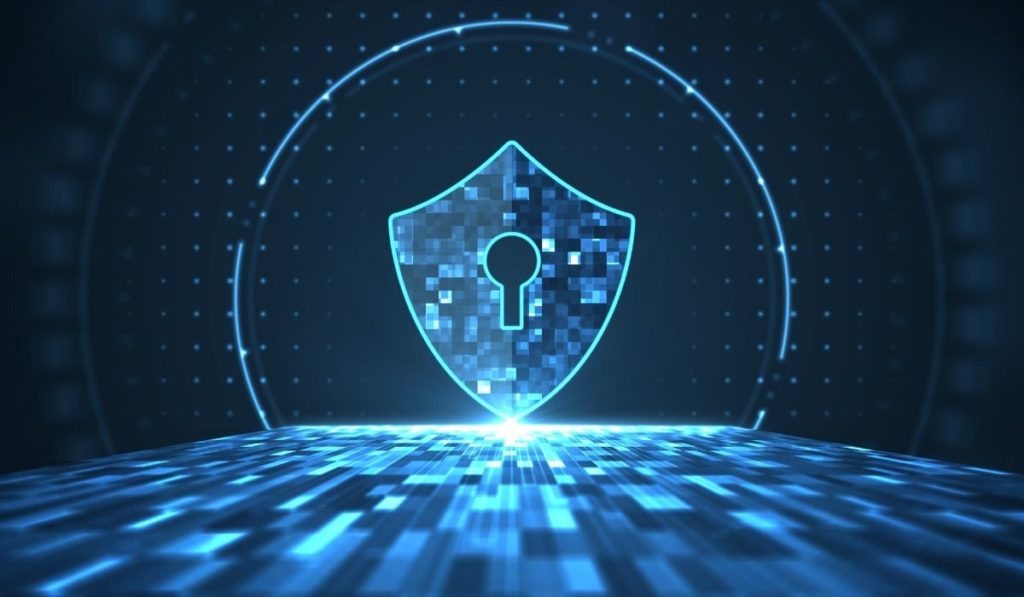
Metamask, the world’s leading non-custodial wallet, has been on a steady growth curve as more crypto users embrace the Decentralized Finance (DeFi) ecosystem. Launched in 2016, this non-custodial wallet was primarily designed to enable the storage of ERC-20 tokens. Today, Metamask touts over 10 million monthly active users, according to the latest update by its parent company ConsenSys.
While Metamask was initially built to serve Ethereum network users, this non-custodial wallet is now compatible with Layer-2 rollups, including Polygon, Optimism, and Arbitrum. Most crypto natives who have interacted with these smart contract platforms have at some point used the Metamask wallet.
So, what makes Metamask a unique crypto wallet? Metamask’s fundamental value stems from its non-custodial nature; unlike centralized wallets, this Ethereum-built crypto storage platform leverages smart contract infrastructure to enable self-custody. Simply put, Metamask users have direct control over their crypto assets.
Despite the success in onboarding more users into the DeFi and NFT market, it is worth noting that Metamask has had its own fair share of challenges. The next sections of this article will highlight some of the prevailing limitations as we narrow to an upcoming non-custodial wallet that has a greater value proposition compared to Metamask.
Metamask’s Limitations
With DeFi and NFTs growing into billion-dollar ecosystems, Metamask is under pressure to deliver a one-stop and efficient crypto storage solution. However, this goal is yet to be achieved given the shortcomings highlighted below;
- Limited Cross-Chain Interoperability
As mentioned earlier, Metamask was designed for the Ethereum network (currently the leading smart contract platform). While the platform has expanded its services to cover other blockchain ecosystems, it is still limited to Ethereum-based Layer-2 rollups and a few Layer-1 chains, including Avalanche and Binance Smart Chain. This leaves out other burgeoning DeFi platforms such as Luna and Solana, which have also attracted significant liquidity in recent months.
- Complex UI
Metamask’s user interface (UI) is not the easiest to navigate; for starters, this non-custodial wallet has to be downloaded as a browser plugin. In addition, users have to manage their seed phrase (an automatically generated series of words that gives owners access to their crypto). This complexity is quite tricky for newbies to navigate, not to mention that one can lose funds on Metamask by unintentionally approving a transaction.
- Reliance on Third-Party API Service Provider
Metamask relies on a third-party API service provider dubbed Infura to process the information on and off the blockchain. This is a major limitation, given that Infura operates as a centralized entity that has to comply with legal restrictions. Recently, Metamask was forced to halt its services in some jurisdictions after Infura opted for a more cautious approach amid the ongoing crypto sanctions.
“By default, MetaMask accesses the blockchain via Infura, which is unavailable in certain jurisdictions due to legal compliance.” noted a joint blog post from ConsenSys.
A Metamask Alternative
On the brighter side, alternative non-custodial crypto wallets are emerging to serve the growing demand in DeFi and NFTs. Crypto users who are limited by the Metamask ecosystem can now opt for other storage platforms such as the Ambire wallet. This software wallet introduces advanced features, including the support of hardware wallets (trezor and ledger) and more importantly an access to any DApp platform through WalletConnect.
Besides the cross-chain functionality, Ambire is fundamentally designed as a web application. This means that users do not have to go through the hustle of downloading a browser plugin to interact with the DeFi and NFT ecosystems. In addition, the Ambire dashboard automatically displays one’s crypto assets, including tokens locked in various DeFi protocols and a comprehensive preview of NFTs.
This non-custodial wallet is powered by a native governance token $WALLET, which gives holders the right to vote on ecosystem development. It also acts as the network incentive for crypto users who store their assets on Ambire. The utility does not end there; $WALLET can be staked in supported blockchain ecosystems (Ethereum, Fantom, Avalanche, BSC, Polygon, and Arbitrum).
Wrap Up
The shift to decentralized markets is almost inevitable; a revolution that began with Bitcoin, ultimately paving the way for DeFi. As of press time, the total crypto market cap is well over $2 trillion, with DeFi and NFTs enjoying a significant share of this ecosystem. Going by this trend, it is likely that in the coming months, non-custodial wallets will gain more popularity.
It, therefore, makes sense for prospective and current market participants to choose the best digital storage for their tokens. As highlighted through the article, Metamask still holds fort but there are better alternatives such as Ambire that one can use for both crypto storage and access to more DeFi opportunities.
from ZyCrypto https://ift.tt/g10iMcl
0 Megjegyzések